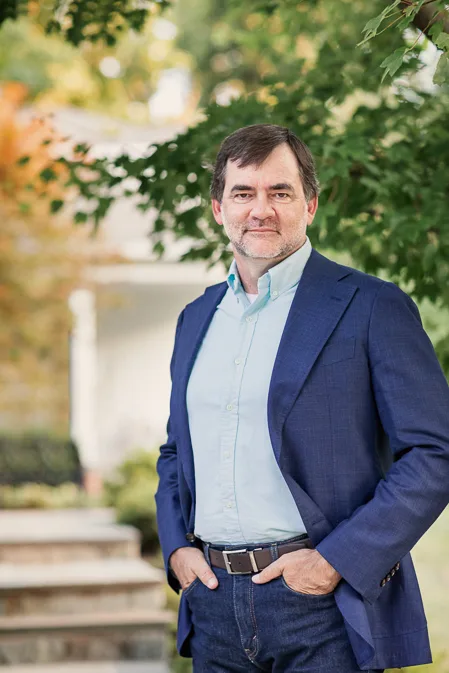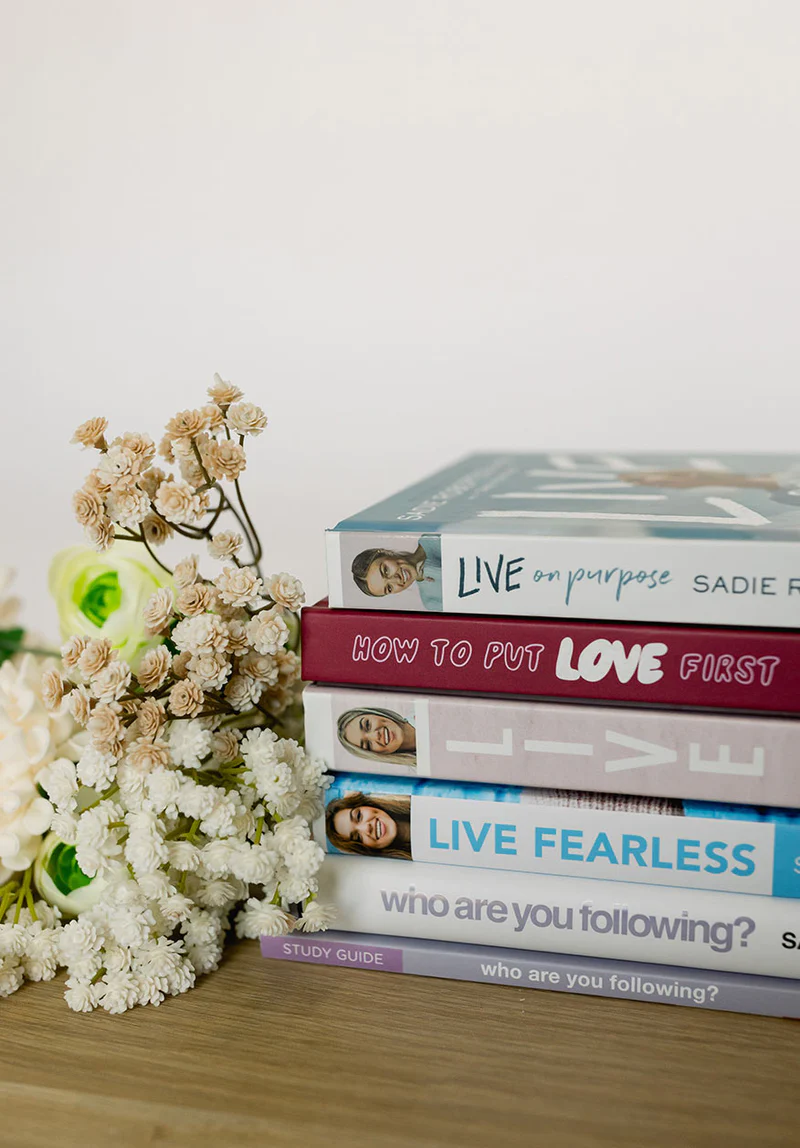
Embodied Trust
To be human is to suffer. As we will eventually see, the question is not if we each suffer. It is, rather, To what degree are we aware of it? and How are we in relationship with and responding to it? These questions reveal not only the story we believe we are living in, but the role that suffering plays in that narrative.
I make no promise that we will suffer less. But I am confident that we will suffer differently and will become even more durably hopeful as a result. Primarily, I expect us to come to see that hope is actually a word that, in the world of interpersonal neurobiology, serves as a proxy for an ever-deepening attachment love with Jesus and the commensurate awareness of God’s relational presence of lovingkindness.
I’d like to invite you to pause and direct your attention to what you perceive your embodied responses to be when you consider what it means to “trust” God. Your embodied responses are what you sense in your body upon imagining Jesus telling you, “Indeed, it is finished. It’s all done. All those things that we both know keep you from receiving my love for you—I’m not paying attention to them. I’m paying attention to you. And I want you to only pay attention to me. I want you at my banquet. I want you sitting right next to me and to the others who I know can’t wait to sit next to you when they see you. I would love for you to believe me—that it’s all true.”
How difficult is it to receive that? What do you sense, imagine, feel, think, and want to do physically in response to hearing Jesus say this? Moreover, were you to imagine such an encounter, could you receive it as having represented something genuine, something real that has taken place in the real world? Or, since we have come to believe that if we are imagining something “in our minds” then it could not possibly “exist” as a real event in the real world, would you dismiss it?
We have been trained by many cultural forces over the last five hundred years to believe that if something can’t be currently measured in material terms, if it is limited to the “imagination,” then it can’t be “real.” But you know that just because you can’t see your friend sitting before you and can only imagine their face and the sound of their voice in your mind, they are not merely imaginary.
What are we to do with findings of research that demonstrate how athletes and musicians can enhance their performance on the court or in the concert hall by repeatedly practicing those very actions in their imaginations?i They are effectively shifting their embodied responses in certain contexts (the athletic court and the concert hall) by wiring their brains to anticipate those very scenarios. In this way, their brains—from which emerge the functional feature of their imaginations and their conscious awareness of them—and then, by extension, the actions they take as a result are essentially on a continuum, connected as they are within their bodies and to the intentionality of the musician or athlete.
Similarly, who of your friends could tell you how they feel about you and you would live, at least for the next few hours, as if you believed them? As if what you felt in your chest was real. On more occasions than I can tell you, people have told me how much I mean to them, how much they love me, only for their words and presence to vanish like vapor from my mind the moment they are no longer in my sight.
I am left with only the memory of what they have said and what I sensed, imaged (that is, to literally construct a visual image in my mind), felt, and thought as they said it—and often the memory is not durable enough for me to sustain the same felt sense of their affection for me which I had for that brief moment. Hence, I have to practice—literally—bringing those moments to memory over and over in order for them to become embedded not only in my cognitive recollection but in my embodied sensations, feelings, and images as well.
In this way, by practicing with real, embodied relationships in my here-and-now life, I am granted what it gets close to being like when I imagine Jesus coming for me in the same way. This is how the body of Jesus works, and it is why Paul’s words of us being Jesus’s body, and not merely his followers or his church, capture everything that we are to become for each other and the world. And it is why hope is first given life in the context of securely attached, physically remembered relationships rather than being merely a function of our cognition.
Hope—the future state of time that our minds long to occupy—must begin with a relationally grounded, material experience with Jesus mediated through the Spirit, the Scriptures, and, often most powerfully, his body. We become increasingly receptive, experientially and thereby theologically, to our having been justified—declared free of our guilt and shame and welcomed into God’s family—to the degree that we encounter that justification in an embodied fashion, one in which we are ever living into earned secure attachment. Upon this taking place, the prospect of hope—even in the presence of suffering—begins to form in our minds.
Taken from The Deepest Place by Curt Thompson. Copyright © 2023 by Curt Thompson. Used by permission of Zondervan. www.zondervan.com.
Inspired by deep compassion for others and informed from a Christian perspective, psychiatrist Curt Thompson, MD shares fresh insights and practical applications for developing more authentic relationships and fully experiencing our deepest longing: to be known.
Through his workshops, speaking engagements, books, organizational consulting, private clinical practice, and other platforms, he helps people process their longings, grief, identity, purpose, perspective of God, and perspective of humanity, inviting them to engage more authentically with their own stories and their relationships. Only then can they feel truly known and connected and live into the meaningful reality they desire to create. Curt and his wife, Phyllis, live outside of Washington DC and have two adult children.














